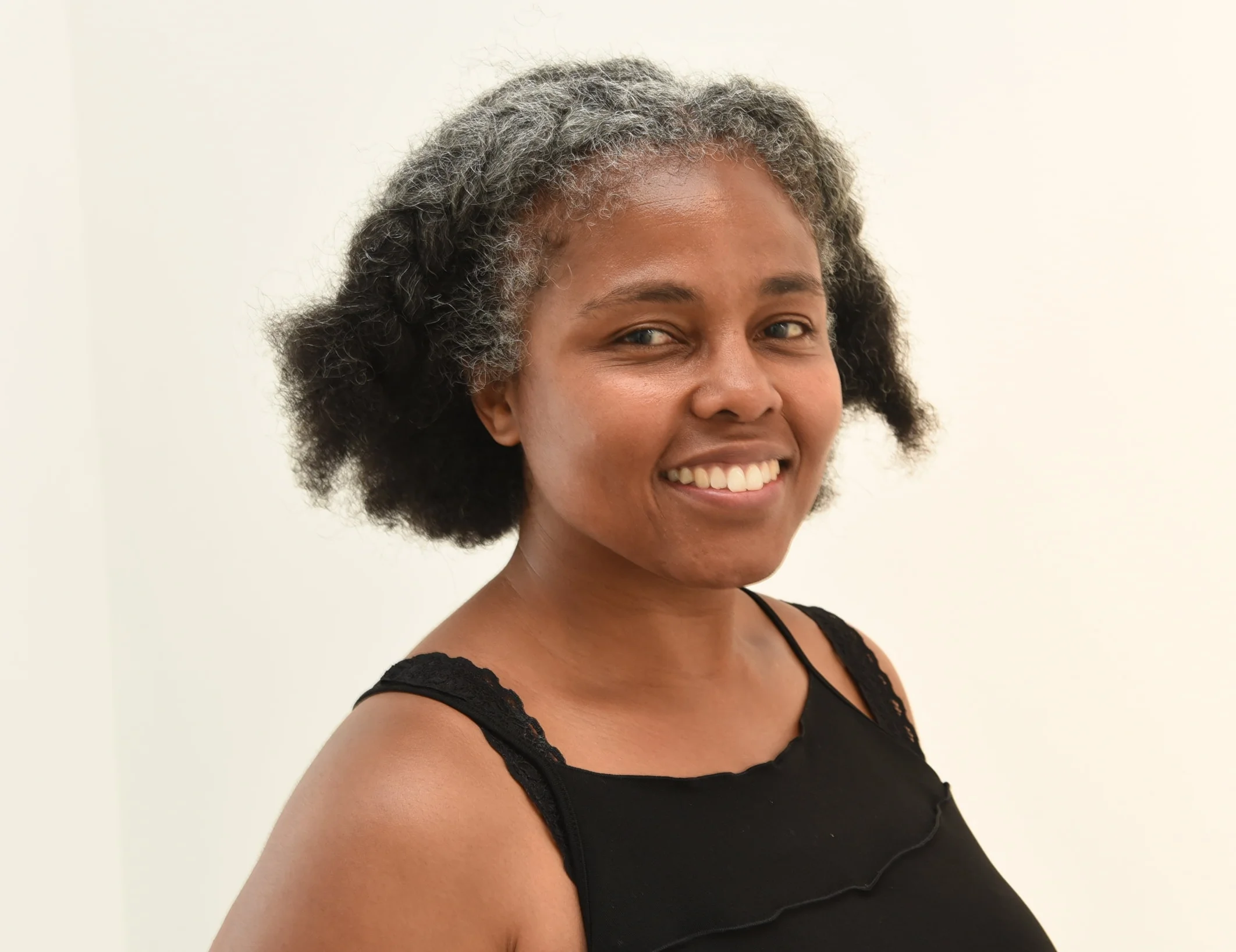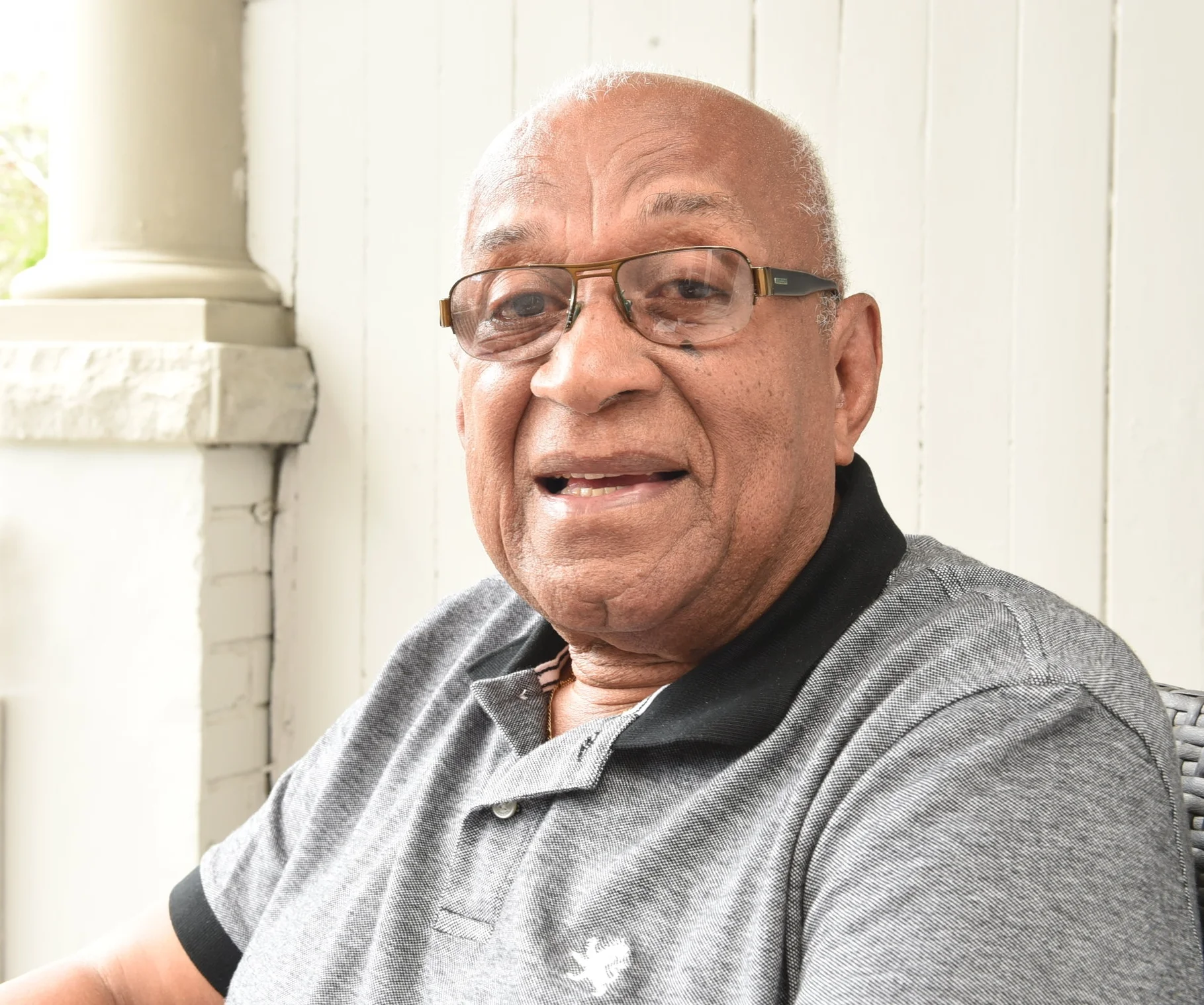Young artist wins bid to design Joshua Glover sculpture
September 2, 2020
For Black History Month while enrolled at Greenholme Junior Middle School in Etobicoke, Quentin VerCetty excitedly made a presentation on Joshua Glover who came to Canada in 1854 through the Underground Railroad and settled in Lambton Mills.
The enthusiasm was tempered because of teachers who weren’t familiar with the freedom seeker who spent the last 34 years of his life in the Greater Toronto Area.
“My teachers didn’t believe that this was a true story,” he said. “They thought I had mixed up history.”
As a child growing up in Rexdale, VerCetty learnt about Glover through his mother, Herfa Lindsay, a Jamaican immigrant who taught her son computer programming and animation.
“She had a shelf full of encyclopedias and every time I did something not so smart, she would tell me to read one of them,” he recounted. “One day, she told me to look up Joshua Glover and I should know his story by the time she returned home from work. I was about six or seven and I was afraid I would get some lashes, so I did as I was told and read up about the man. The funny thing is my mom didn’t know who he was until I told her. Someone must have told her about Glover being a Black man from this community and she thought it was important for me to learn about him.”
Nearly two decades later, the new media artist and educator had the last laugh on his primary school teachers.
VerCetty won the public art competition to design a sculpture memorializing Glover whose story helped to propel the abolitionist movement.
The concept of the Joshua Glover sculpture
As an artist and scholar whose work focusses on the paucity of Canadian monuments of people of African descent, he’s seeking to ensure that this memorial preserves the many stories of Glover’s life and what future generations can learn from it.
“I wanted to show that Joshua Glover’s story wasn’t just about him being a runaway slave, but a human being who worked through transformation and transition,” VerCetty said. “Using principles of Afrofuturism, my aim is to have an iconic marker that’s an embodiment of transitions, a non-human machine that represents Glover’s past as an enslaved person, transforming to regain humanity, with Glover proudly clutching his freedom papers and his books as he gazes off into the uncertainty of tomorrow. The additional meaning of this memorial also marks a moment of allyship, advocacy and activism to improve the treatment of human beings that we can all continue to strive for.”
There were 11 submissions.
The panel that was unanimous in their selection of VerCetty’s proposal comprised Art Gallery of Ontario Associate Curator of Photography Julie Crooks, Etobicoke History Society Board Director Neil Park, Power Plant Contemporary Art Gallery Director Gaetane Verna and artists David Chinyama and Tim Whiten.
“I like the meshing of something historical, and that has been done before, with something really visionary and contemporary that I thought could cross generations,” said Verna. “For me, Quentin’s ability to take a historical figure and one that not many people know about and, in the absence of drawings and photographs of Joshua, historicize and monumentalize him while choosing to represent his struggle as well as his humanity using his own imagination to make him as much a historical figure as much as a futuristic figure is something that was really well done in a way that I have not seen before.”
VerCetty became aware of the competition through MASSIVart that is a global art consultancy and production agency.
“They reached out to me in March, but I was very busy at the time,” he said. “People kept contacting me, saying I should take this seriously and make a submission which I eventually did.”
Joshua Glover lived and worked at the Montgomery Inn near Dundas St. W. and Kipling Ave.
Last July, the City of Toronto asked VerCetty to consider making some changes to his submission.
“To be honest, I had forgotten about the submission,” he said. “But what really prompted me to revisit it and thoroughly think it out in terms of budget, installation, material and all these different things was my acceptance into the Monument Lab.”
Based in Philadelphia, the studio supports independent local ongoing projects that address long-term inequities in monument building and propose new creative approaches to public art and history.
This is VerCetty’s first sculpture.
“I wanted to put a bit of my story in it to add a contemporary feel to the art piece,” he said. “When I make art, I think of a younger version of myself as a troublesome kid. My story is one of transformation and transition which is what I was focusing on as I was coming up with the concept for this piece.”
In his early teens, VerCetty sold drugs, rolled with gang members and was detained by police on a few occasions. He dropped out of high school at age 16 and was kicked out of a New York school his mother sent him to with the hope that a new environment would help turn his life around.
Back in Toronto two years later, he enrolled in Nelson A. Boylen Collegiate Institute where a counsellor encouraged him to apply for bursaries and scholarships to pursue post-secondary education.
VerCetty did.
Ironically, one of the bursaries he received was from Toronto Police 31 Division Community Police Liaison Committee in 2012.
“At first, I told myself this was free and easy money, but as it sunk in that I was the winner of an award that’s associated with the police, I realized the same people who used to be chasing me were now contributing in some way to my education to make me a better person,” he said at the time. “It made me realize there are people out there in the community who care about young people. My parents didn’t have the kind of money to send me to college or university and I didn’t even know what a bursary meant until my counsellor provided an explanation.”
Projam 2010 scholarship winners Quentin VerCetty, Camille Gordon (l) & Ashleigh Montague
Completing the Bachelor in Fine Arts program at the Ontario College of Art & Design (OCAD) University in 2016, VerCetty is pursuing a Master’s in Art Education at Concordia University while being part of the Monument Lab.
Founded in 2012, this is the first time the program has been expanded to include artists from outside the United States.
VerCetty is the only Canadian among the 10 memory workers in the 2020 cohort.
“The whole focus of the Fellowship is looking at the memories we are preserving in the communities and societies we live in, what are the ones that need to be preserved and what are those that we don’t need to preserve,” he pointed out. “Because of the Fellowship and, with the support of my partner who provided that extra boost, I decided to really zero in on this sculpture.”
The monument will be installed at the Joshua Glover Park that’s under construction as part of the Kingsway by the River development in Etobicoke.
The Public Art Memorial is part of the City’s ArtworxTO: Toronto’s Year of Public Art that’s a year-long celebration of art and community in 2021.
“I am proud that one of the first new public art projects will be this memorial to Joshua Glover by Quentin VerCetty,” said Mayor John Tory. “It is exactly what ArtworxTO was launched to accomplish: more public art across the city that reflects the diversity, dignity and strength of the people who call Toronto home. By recognizing Joshua Glover through this statue, we are recognizing the role he played in our city’s history and how his actions have impacted the lives of our residents.”
In the past few weeks, the City has launched several initiatives to address Anti-Black racism, including key cultural and economic investments.
“Quentin VerCetty’s compelling public art memorial to Joshua Glover reminds us how far we have come and how much work still remains to be done to correct enduring historical wrongs,” said Deputy Mayor Michael Thompson who chairs the Economic Development and Culture committee.
In 2016, VerCetty co-founded and is the Director of Black Speculative Arts Movement Canada whose foundational work with second wave Afrofuturism provides new, inclusive and intersectional perspectives to reimagine public spaces. His project, ‘Missing Black Technofossil Here’, uses augmented reality, digital 3D art and printing to address the absence of monuments to Black bodies in Toronto and across Canada.
Alliance of Jamaican Alumni Association 2010 bursary winners Quentin VerCetty (l) & DeJuan Sutherland
Last year, he produced an annotated bibliography that analyzes Afrofuturism as an evolving concept with 21st century social, cultural and artistic concepts.
To mark this year’s Marcus Garvey Day celebration, VerCetty organized a virtual event featuring 100 Pan Africanists and Afrofuturists.
One of the defining moments in his life was losing his paternal grandfather, Rupert Jeeper, in 2006.
Quentin VerCetty now dresses to honour his paternal grandfather who died 14 years ago
“We loved to reason and it’s interesting now because the way I dress and most things I do is to honour him,” he said. “When he died and I went to Jamaica, I was so inspired when I learnt about the amazing things he did for his community. That really resonated with me.”
The loss of his grandfather and a neighbourhood friend to gun violence in the city propelled VerCetty to start thinking about his legacy.
“At my friend’s funeral, no one really had anything much to say about him other than he could play basketball and he was a good friend,” he noted. “It was very shallow. I was always told I am capable of doing more than just hanging around the streets doing foolishness.”
On the right path, VerCetty doesn’t have to worry about how he will be celebrated.











